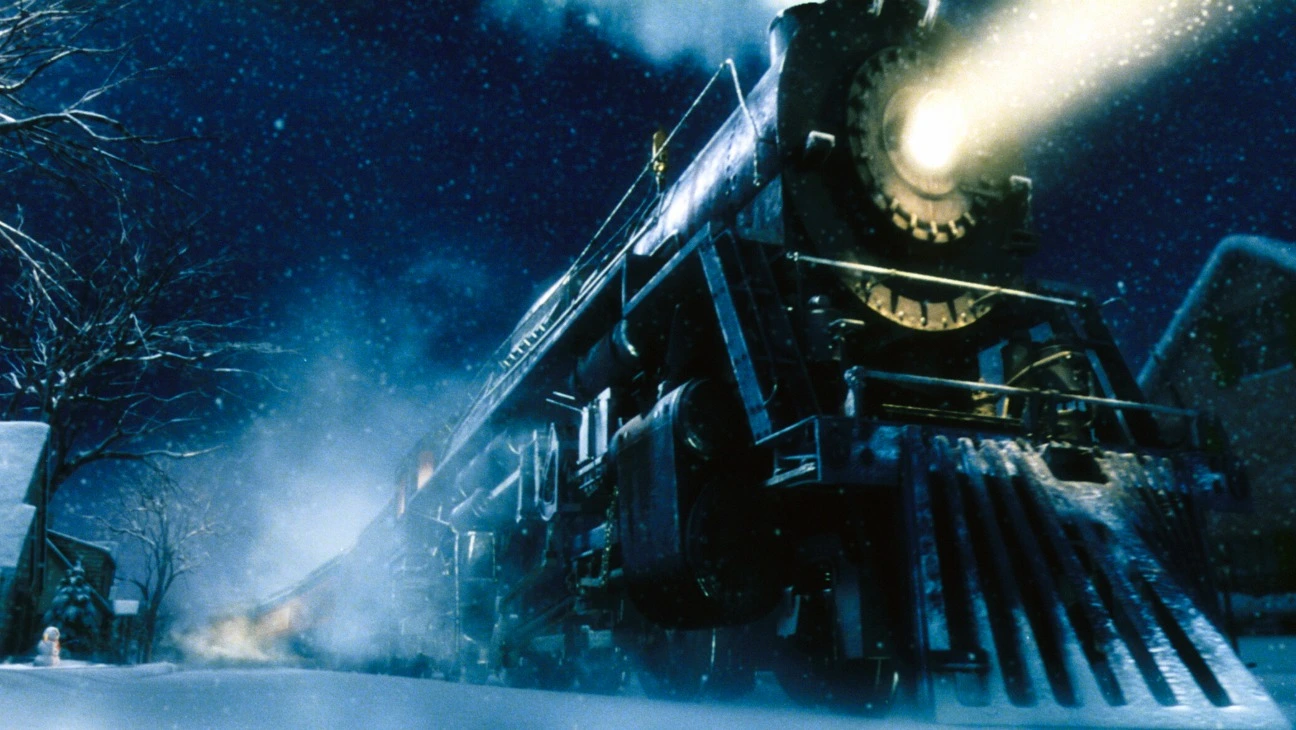Table of Contents Show
On November 10, 2004, a Christmas classic premiered at the box office to mixed reviews. The Polar Express (2004) was the first movie to be entirely filmed with motion capture. (( AFI Catalog. “The Polar Express.” )) It features the voice talents of Tom Hanks and Michael Jeter and is directed by Robert Zemeckis, director of Forrest Gump (1994). With a strong headlining voice cast and a reputable director, coupled with a heartwarming story about the spirit of Christmas, what could cause it to underperform at the box office and receive mixed reviews from both critics and audiences alike?
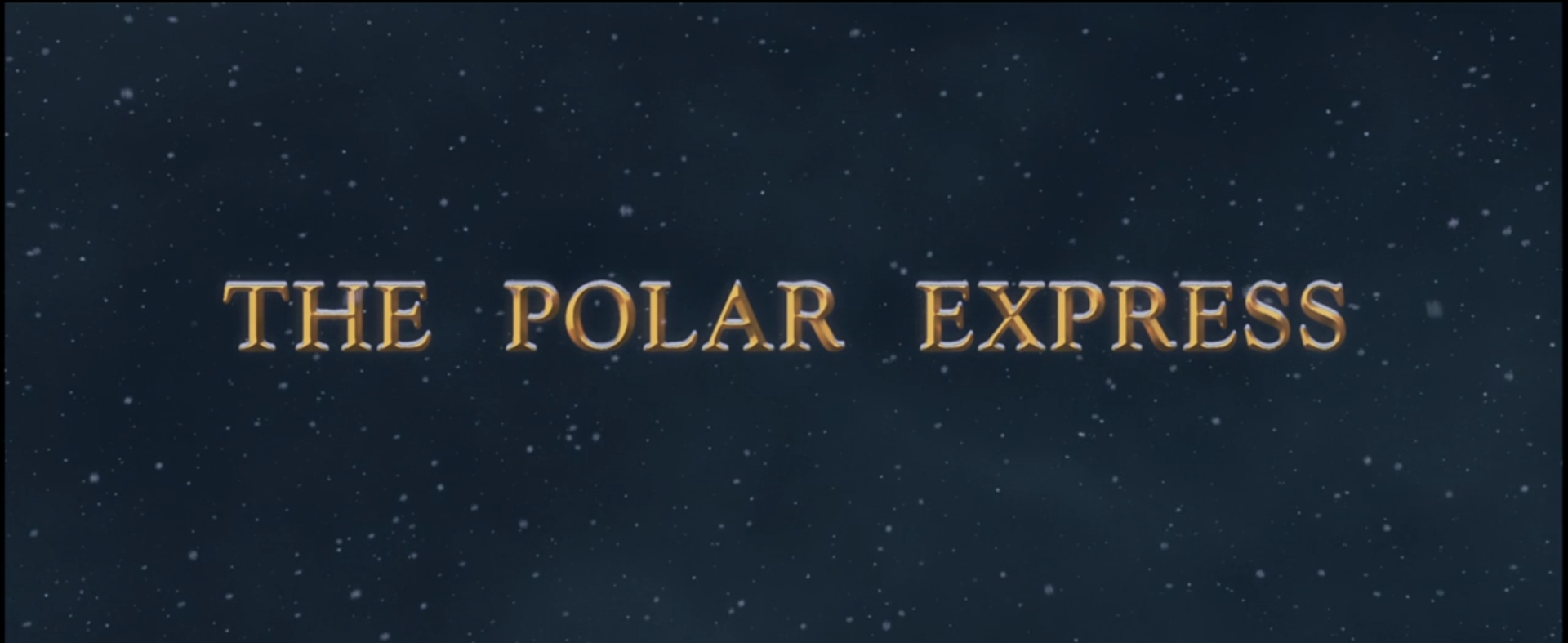
The number one answer appears to be the animation. In a recent article in Tyla titled, “People Are Just Realizing How ‘Terrifying’ The Polar Express Is,” people express how unsettling they found the animation. This extends to the critics, where one wrote, “If I were a kid, I’d have nightmares. Come to think of it, I did anyway.” (( Pevere, Geoff. “The Polar Express”. Rotten Tomatoes. 10 November 2004 )). Another critic stated, “Besides its dead-eyed cast, this ‘animated’ escapade is thrown off the tracks by pointless detours seemingly intended just to stretch the journey time” (( Papamichael, Stella. “The Polar Express”. Rotten Tomatoes. 7 December 2004 )). The animation seems to be the main thing that prevents audiences from enjoying the movie and wards off newcomers. However, this is unfair to the movie itself and shouldn’t take away from the story and overall message.
The First Of Its Kind
Motion capture, as defined by Audio Motion, “is a cutting-edge method of capturing all or part of an actor’s performance so that it can be translated into the action of a computer-generated 3D character on screen.” Up until The Polar Express, motion capture had mostly been used for visual effects in live-action movies such as animating Gollum from The Lord of the Rings movie trilogy (2001-2003). The Polar Express was the first movie that utilized this technology for its entire cast, thus introducing a new era of animated movies.
However, with it being the first of its kind, it was far from perfect. The movie’s design focused on hyper-realism, but considering the new way the technology was being used, it couldn’t quite hit the mark. Motion capture requires actors to be dressed in a motion capture suit that records their movements. Sensors are placed on the face as well to capture facial expressions. The only places sensors could not be placed were the hair, the inside of the mouth, and the eyes. All of these parts had to be computer generated separately, and that’s where the problem began.
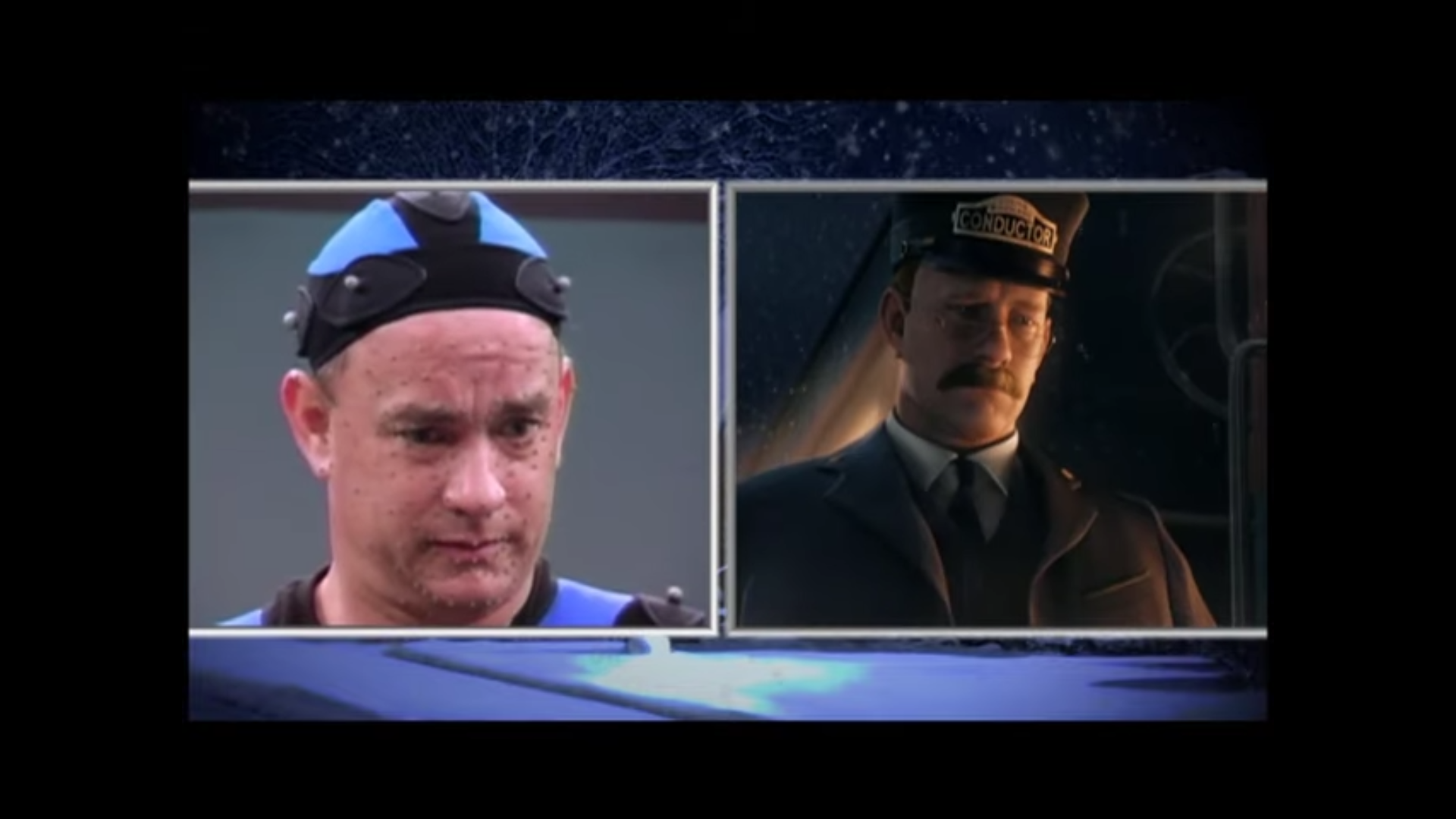
Eyes are what allow an animated character to appear alive and almost human; they get across emotions through expressions. If the eyes cannot match the character’s emotions, they feel lifeless and inhuman. For example, one of the main criticisms of Disney’s live-action film The Lion King (2019) was that it felt lifeless because the photo-realistic lions didn’t display any emotions. Its 1994 predecessor, on the other hand, had its animated lions display human-like expressions and the whites of their eyes were shown, making them feel more human than animal. The Polar Express ran into the same problem as 2019’s The Lion King did. The eyes didn’t bring life to the characters.
Nevertheless, The Polar Express should still be applauded for undertaking and succeeding in this new form of animated movie. Zemeckis and his team had to create an entirely new system to use motion capture for their project. This laid the groundwork for future animated movies like The Adventures of Tintin (2011) and Disney’s A Christmas Carol (2009). Thanks to Zemeckis’s bold leap into motion capture animation, the technology, and techniques used in animating films had come a long way from the traditional hand-drawn watercolors of works such as The Winnie the Pooh films.
The Magic Is In The Story
The Polar Express brings to life Chris Van Allsburg’s 1984 children’s book of the same name. The book follows a young boy who has his belief in Santa Claus reaffirmed while others told him the man did not exist. The movie takes a different approach, following the skeptic “Hero Boy” who goes on an adventure to meet Santa and finally believes and carries this belief well into adulthood. Ultimately the message is that Christmas spirit never fades and can never be taken from you so long as you believe in it.
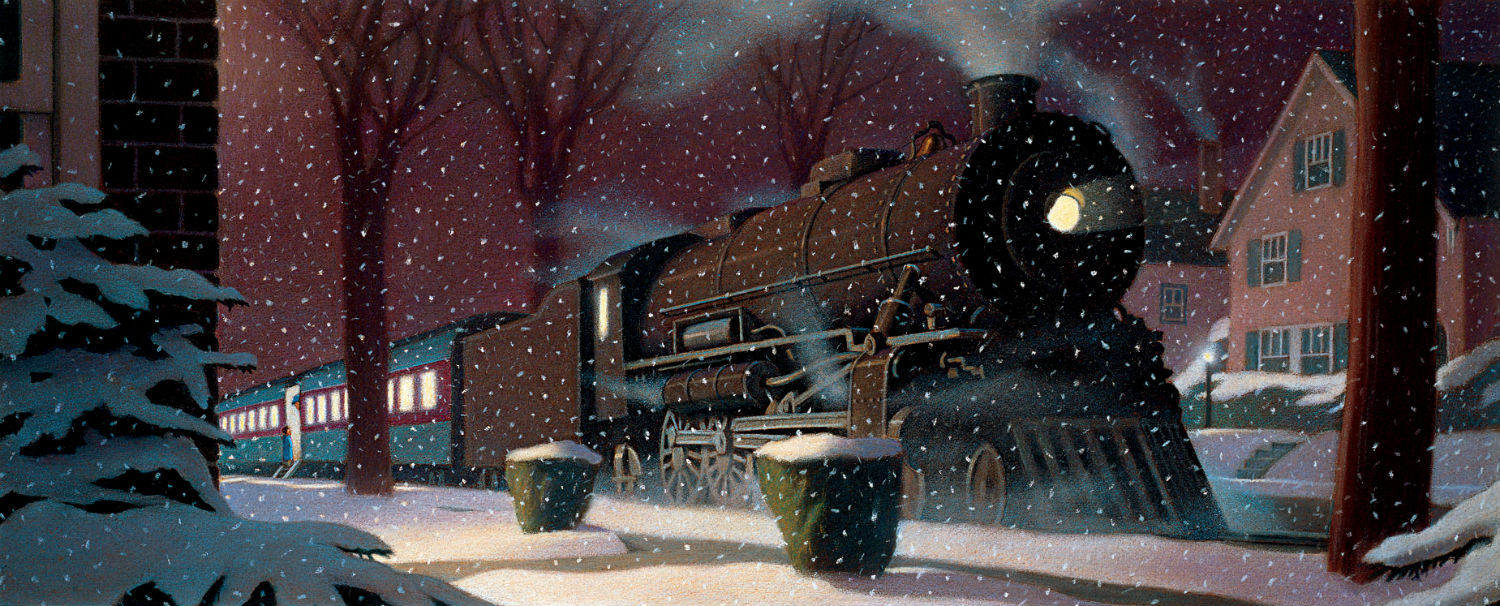
The film has a lot to offer both visually and narratively that goes beyond the animation of the humans. This is where the movie shines. It greatly expands upon Allsburg’s story, introducing more characters like Billy, the Know-it-All Boy, and the Hero Girl. Each child is taught a lesson by the end of their trip, shown to us by their golden tickets.
Billy is introduced as a lonely, poor boy who doesn’t find the Christmas season appealing due to his past experiences. Christmas just doesn’t work out for him. But after befriending the Hero Boy and the Hero Girl, and finding out that Santa hasn’t forgotten him, Billy learns to count on and rely on others for support and friendship. He doesn’t have to face his problems alone.
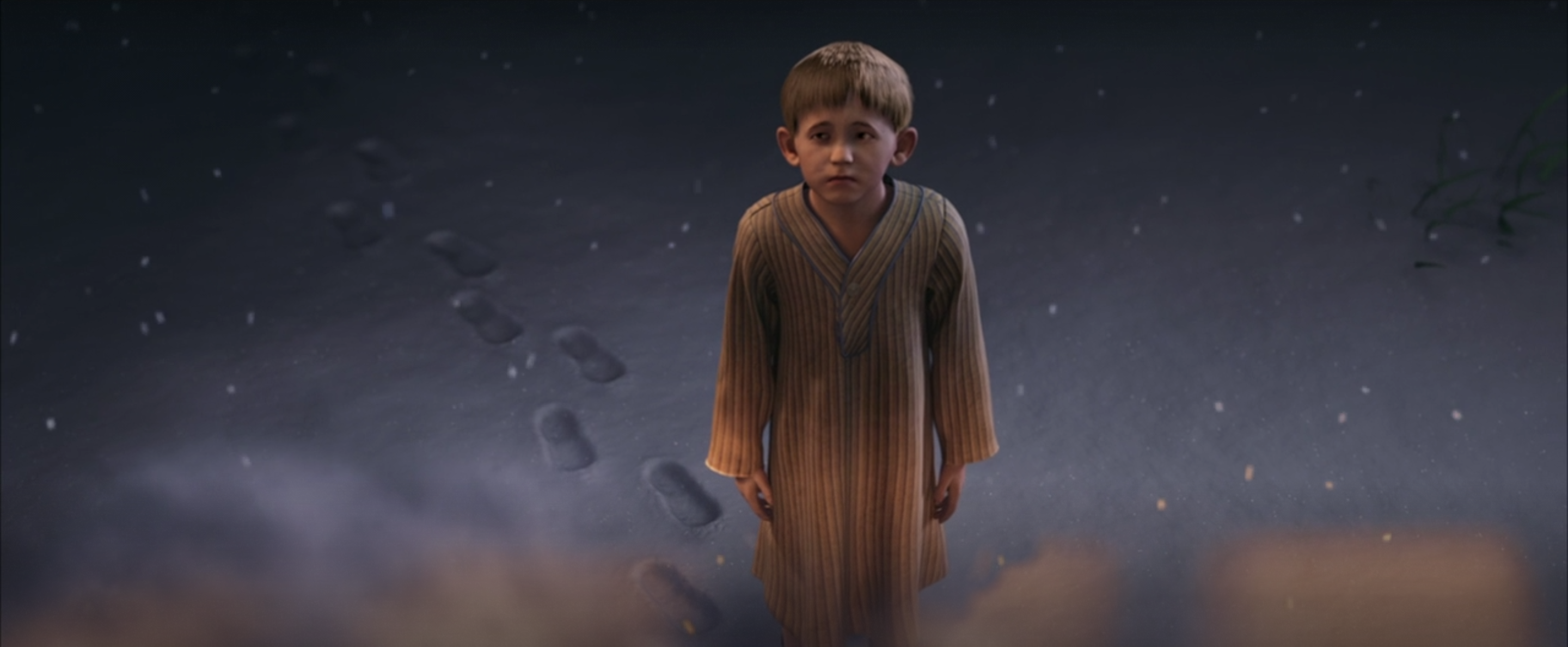
The Know-it-All Boy is intelligent and well-read and he likes to show it off. However, his knowledge gets in the way of him appreciating the magic of the experience, going so far as to question fantastical moments that happen on the train ride. He’s not appreciative of others and of what he has, as shown later when he sneaks into Santa’s sack of gifts to look for all the presents he asked for. By the end, he learns to learn, as in to learn from others and to learn to appreciate the things around him.
The Hero Girl is very confident and full of Christmas cheer. She’s helpful and considerate of others. When she’s sure of her decisions, she comes out on top, but when she doubts herself things don’t always work out. When she was placed in charge of steering the train while the engineers fixed the train’s light, she was confident in her ability to handle the job. But when the Hero Boy asked if she was sure which lever was the break and she doubted herself, it almost brought disaster to the train. At the end of the film, she learns to lead, as in to lead with confidence, and others will follow.
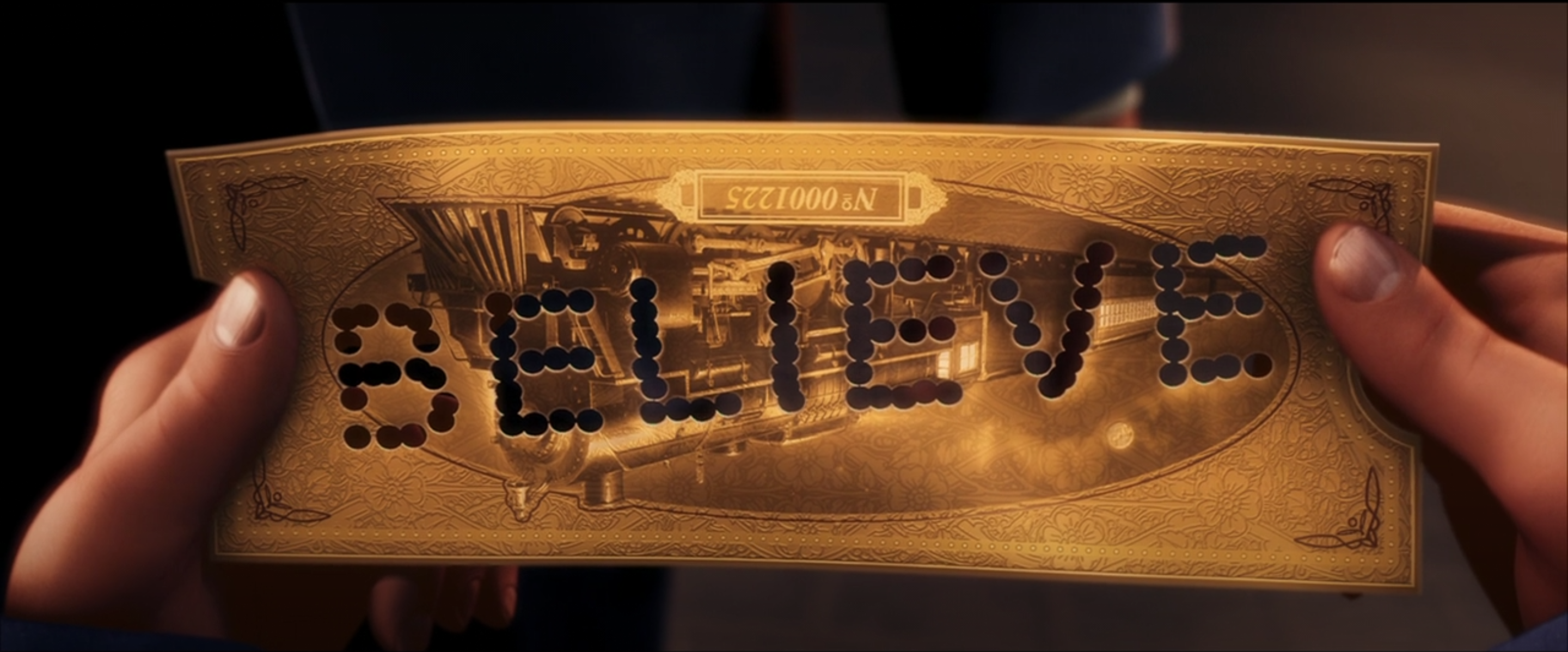
The Hero Boy starts the movie as a Santa Clause skeptic. The magic of Christmas is leaving him, but a part of him still wants to believe. Luckily The Polar Express arrives to help him with that. He has no problem believing the amazing things that happen during the trip, but when they arrive at the North Pole, he still isn’t fully on board. When everyone gathers in the square to see Santa, the Hero Boy can’t hear the sleigh bells ringing. It’s not until he fully allows himself to believe that he can hear the bells that Santa acknowledges him. He finally learned to believe.
Looking Beyond The Characters
Along with memorable characters, the movie creates a beautiful and, at times, haunting backdrop for the story. The audience gets to explore the scenery touched upon in the book, such as snowy northern landscapes, the train itself, and the North Pole. One of the best sequences in the film is when we follow a golden ticket out of the train.
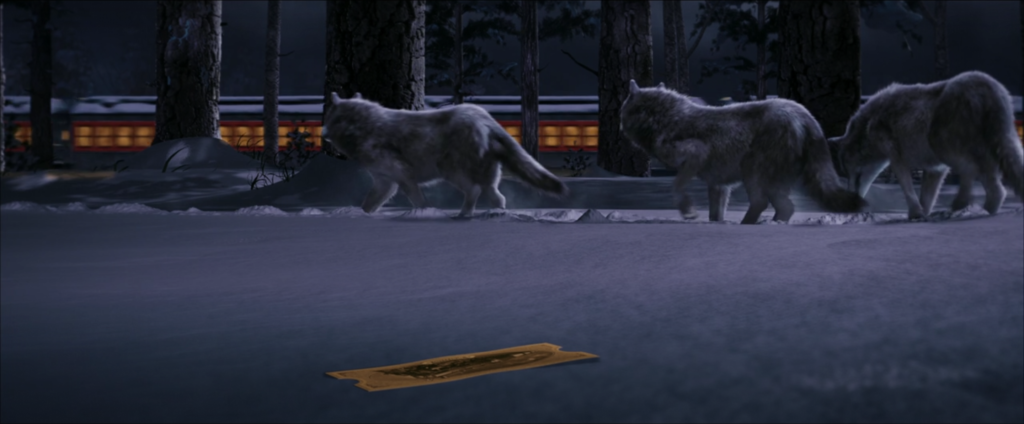
We’re taken into a snow-covered wilderness with wolves running alongside the train tracks, up into the air by an eagle, into a nest, down a mountain, under the train, and back into the train car. Later we get to experience what feels like a roller-coaster ride as we’re given a first-person view of the train hurdling down the steepest downhill grade in the world.
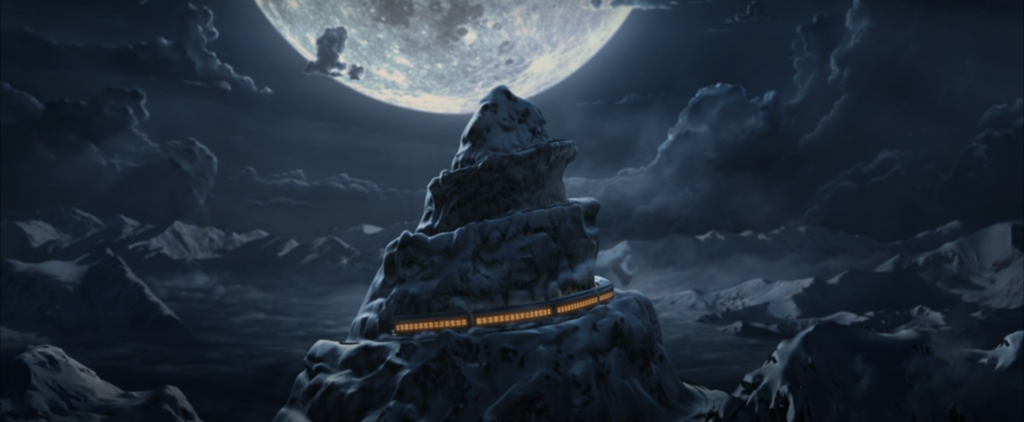
This is then followed by an exciting race against time to get off the ice-covered tracks before the train sinks. In a more relaxed moment, the movie displays beautiful colors in the Northern Lights followed by the North Pole off in the distance.
The Spirit Of Christmas
It is evident that a lot of care went into bringing The Polar Express to life. The movie has a lot to offer, from the daring feat of filming entirely in motion capture to the expanded story and message.

While the character animations aren’t perfect, the “creepiness” does not take away from the film as a whole. Despite not having names, the characters and their journey are written well to get across the message of the movie and the book. The story lends itself to evoking the warmth of Christmas time and showing that the joy in Christmas is for everyone, not just children.
